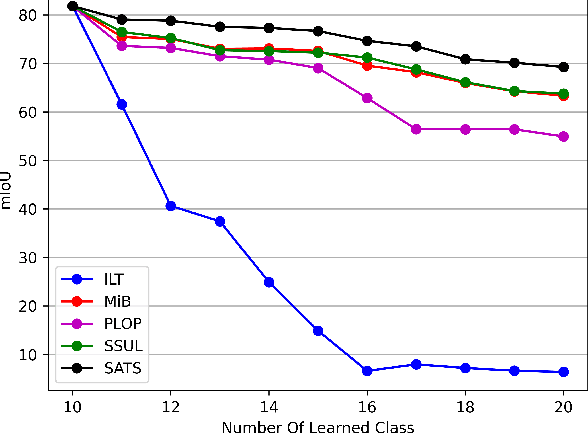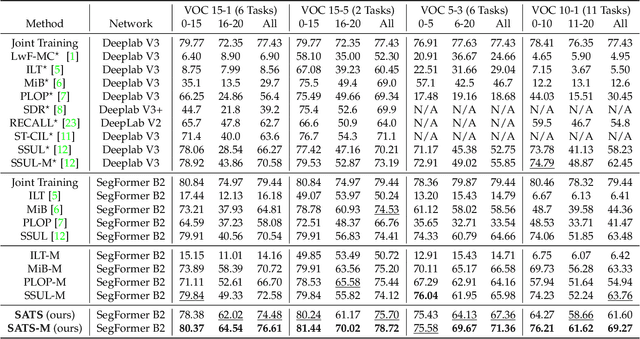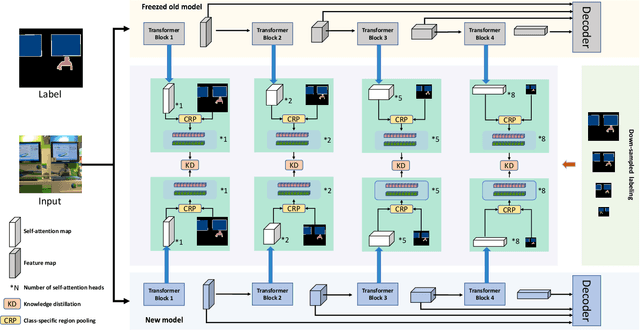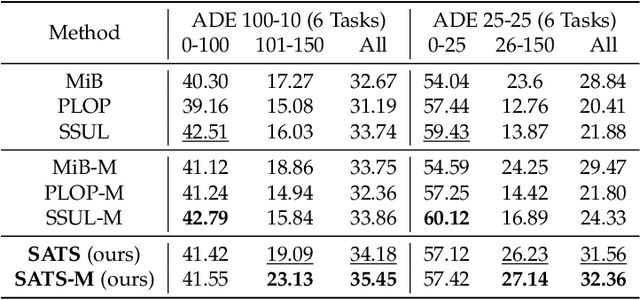Zhuohao Sun
Classifier-head Informed Feature Masking and Prototype-based Logit Smoothing for Out-of-Distribution Detection
Oct 27, 2023Abstract:Out-of-distribution (OOD) detection is essential when deploying neural networks in the real world. One main challenge is that neural networks often make overconfident predictions on OOD data. In this study, we propose an effective post-hoc OOD detection method based on a new feature masking strategy and a novel logit smoothing strategy. Feature masking determines the important features at the penultimate layer for each in-distribution (ID) class based on the weights of the ID class in the classifier head and masks the rest features. Logit smoothing computes the cosine similarity between the feature vector of the test sample and the prototype of the predicted ID class at the penultimate layer and uses the similarity as an adaptive temperature factor on the logit to alleviate the network's overconfidence prediction for OOD data. With these strategies, we can reduce feature activation of OOD data and enlarge the gap in OOD score between ID and OOD data. Extensive experiments on multiple standard OOD detection benchmarks demonstrate the effectiveness of our method and its compatibility with existing methods, with new state-of-the-art performance achieved from our method. The source code will be released publicly.
SATS: Self-Attention Transfer for Continual Semantic Segmentation
Mar 15, 2022



Abstract:Continually learning to segment more and more types of image regions is a desired capability for many intelligent systems. However, such continual semantic segmentation suffers from the same catastrophic forgetting issue as in continual classification learning. While multiple knowledge distillation strategies originally for continual classification have been well adapted to continual semantic segmentation, they only consider transferring old knowledge based on the outputs from one or more layers of deep fully convolutional networks. Different from existing solutions, this study proposes to transfer a new type of information relevant to knowledge, i.e. the relationships between elements (Eg. pixels or small local regions) within each image which can capture both within-class and between-class knowledge. The relationship information can be effectively obtained from the self-attention maps in a Transformer-style segmentation model. Considering that pixels belonging to the same class in each image often share similar visual properties, a class-specific region pooling is applied to provide more efficient relationship information for knowledge transfer. Extensive evaluations on multiple public benchmarks support that the proposed self-attention transfer method can further effectively alleviate the catastrophic forgetting issue, and its flexible combination with one or more widely adopted strategies significantly outperforms state-of-the-art solu
 Add to Chrome
Add to Chrome Add to Firefox
Add to Firefox Add to Edge
Add to Edge